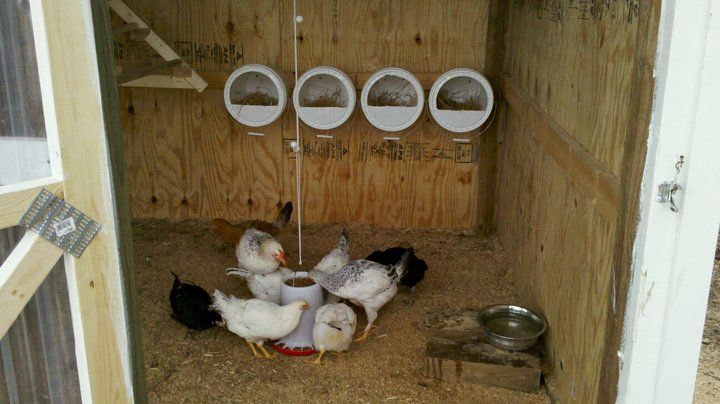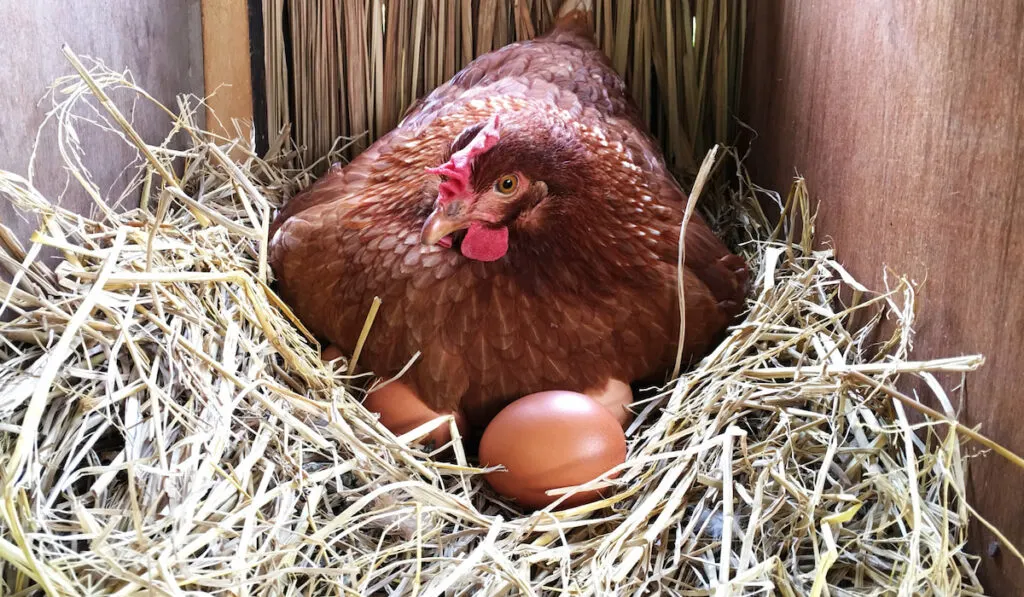When it comes to raising chickens, one of the most important aspects to consider is the nesting box location in coop. A well-placed nesting box can significantly enhance egg production and ensure your chickens feel safe and comfortable. In this article, we will explore how to choose the best location for nesting boxes within a coop and why it matters.

Why Location Matters
The positioning of the nesting box plays a crucial role in the daily life of your chickens. Chickens require a quiet, dark, and safe environment to lay their eggs. If the nesting box location in coop is not optimal, it may lead to stress among the birds, resulting in fewer eggs or even eggs laid outside the box.
Factors Influencing Nesting Box Location
- Light and Noise: Ensure the nesting boxes are placed in an area with minimal light and noise.
- Height from Ground: The boxes should be easily accessible, ideally 1 to 3 feet off the ground.
- Temperature: Choose a location that maintains a stable temperature throughout the year.
Choosing the Right Spot in the Coop
Consider placing your nesting boxes in a corner or along a wall where they are sheltered from direct light and drafts. This not only provides security but also encourages hens to use the boxes consistently.
Accessibility for Chickens
Chickens should be able to easily enter and exit the boxes. Ensure there is a clear path to the nesting box location without obstructions. This is especially important for larger breeds that may struggle with high or cramped spaces.
Spacing and Number of Boxes
It is essential to provide enough boxes for your flock. A good rule of thumb is one box for every four hens. Overcrowding can lead to broken eggs and increased stress.
Materials and Design Considerations
When designing your nesting boxes, use materials that are easy to clean and maintain. Durable materials such as wood or plastic are ideal. Best materials for nesting boxes can make a significant difference in durability and hygiene.
Keeping the Boxes Clean
Regular cleaning of the nesting boxes is crucial. Dirty boxes can harbor bacteria and parasites, affecting the health of your chickens and the quality of the eggs.
Enhancing Chicken Comfort
Adding soft bedding such as straw or wood shavings can make the nesting boxes more comfortable for laying hens. This encourages frequent use and can prevent eggs from cracking.
Temperature Control
Ensure the coop is well-ventilated, but avoid drafts directly hitting the nesting boxes. This helps maintain a consistent temperature, which is important for both the chickens’ comfort and the preservation of the eggs.
Common Mistakes to Avoid
Avoid placing nesting boxes too close to feeding and watering areas. This can lead to contamination and discourage hens from using the boxes.
Ignoring Chicken Behavior
Observe your chickens’ behavior. If they seem reluctant to use the nesting boxes, it may be worth reconsidering their placement or design.
Conclusion
The nesting box location in coop is a vital consideration for any chicken owner. By understanding and implementing optimal placement strategies, you can enhance the wellbeing of your flock and improve egg production. For more detailed insights on building and designing nesting boxes, visit our building guide.

FAQs
What is the ideal height for a nesting box?
The ideal height for a nesting box is between 1 to 3 feet off the ground, allowing easy access for chickens.
How many nesting boxes do I need for 12 chickens?
For 12 chickens, you should have at least 3 nesting boxes, following the general guideline of one box per four hens.
Can nesting boxes be placed outside the coop?
While it’s possible, it’s generally recommended to place nesting boxes inside the coop to protect them from weather and predators.
For more creative ideas on nesting box designs, check out these DIY ideas.
This article contains affiliate links. We may earn a commission at no extra cost to you.











